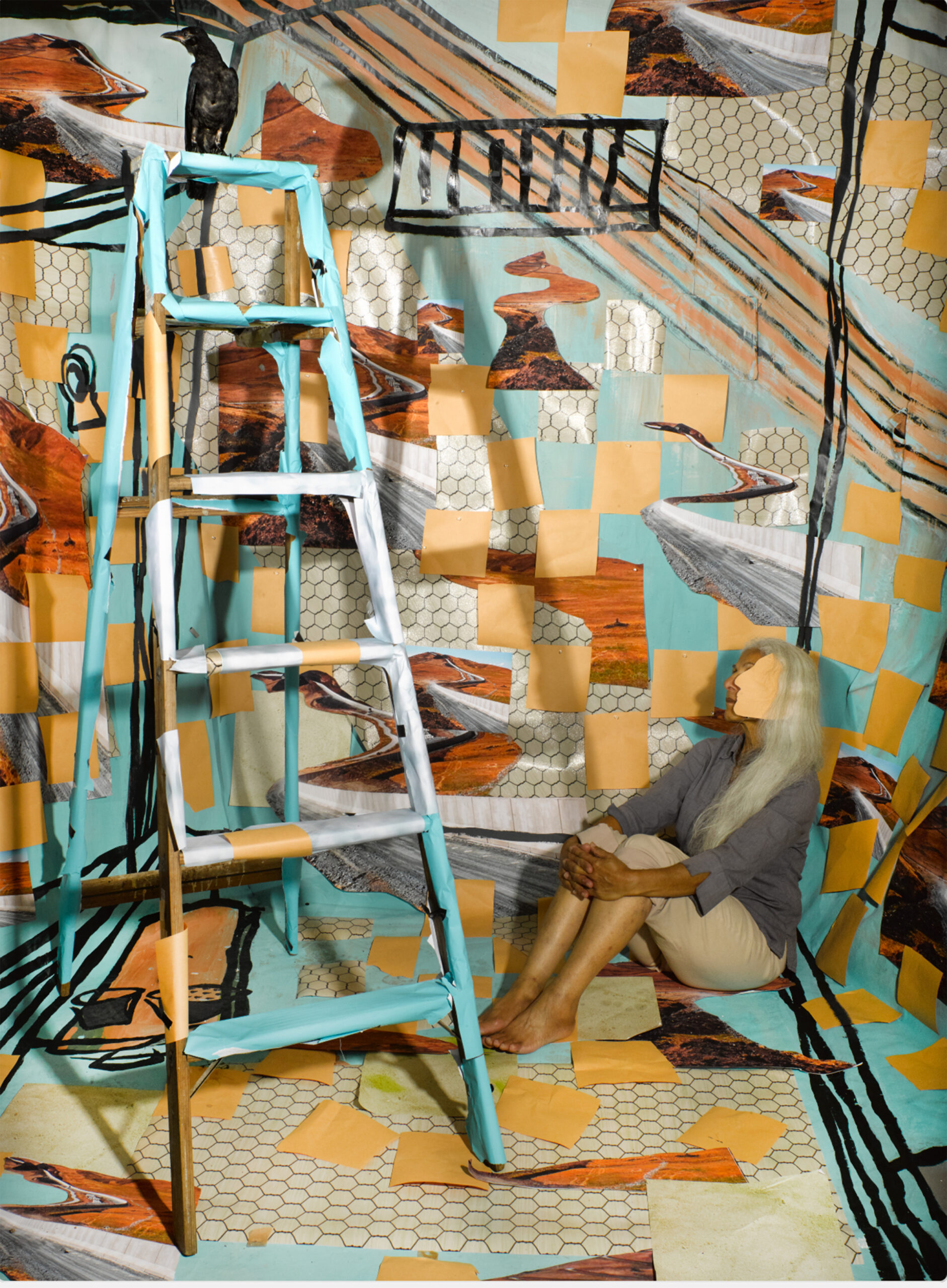10 Standout Gallery Exhibitions to See during Armory Week 2023
September marks the start of the busy fall schedule for the art industry. In New York, collectors, curators, and dealers descend on the city for the ever-growing list of fairs. Mostly taking place the second weekend in September—with VIP previews on the 6th and 7th, depending on the event—the roster of fairs is centered on the heavy-hitting Armory Show, which returns this year to the Javits Center alongside the New York debut of PHOTOFAIRS. Joining these are Art on Paper, the beloved artist-forward SPRING/BREAK, and the latest edition of Independent dedicated to 20th-century art.
The Armory Show is also staging public installations across the city, from Times Square to Astor Place to the U.S. Open. A highlight of the latter is Zizipho Powsa’s bronze sculpture Mam’uNoBongile (2023), presented by Cape Town–based gallery Southern Guild. Inspired by the artist’s Xhosa spirituality and traditions, the piece pays homage to the women in Poswa’s community.
As the fairs draw international audiences of industry leaders, September presents local galleries with an opportunity to showcase their best established and emerging artists. Following a summer of now-typical group shows, many galleries are opting this September for the solo and two-person formats that provide deeper looks into artists’ practices. From conceptual investigations of natural forces to a particularly strong selection of female figurative painters, artists across the city are offering their personal reflections on some of the experiences that connect us all.
Here are 10 standout shows on view during Armory Week.
Sheida Soleimani, “Birds of Passage”
Denny Gallery
Sep. 5–Oct. 7
Sheida Soleimani, Panjereh, 2022
Using humor and satire in photographic assemblage, Sheida Soleimani highlights overlooked, misconstrued, and difficult themes that shape the human experience, examining in particular media representation of global issues.
In “Birds of Passage,” Soleimani turns the lens onto her parents, “ghostwriting” their lives to engage collective social issues through personal narrative. She layers memories informed by her parents’ stories of the 1979 Iranian Revolution and their experiences of finding refuge in Europe and the U.S. Imagining her parents in different scenarios, Soleimani speaks to broader issues facing oppressed and marginalized groups and how the repercussions of trauma unite individuals as they learn to cope, survive, and care for one another.
Reflecting the fragmented nature of memory and storytelling, as well as the biases inherent in historical narratives, Soleimani’s images resemble dreamlike episodes full of unexpected objects, pops of color, and symbols, such as the snake that appears often and alludes to the South Asian and Persian survival game of “snakes and ladders.” In rewriting her parents’ history, Soleimani draws attention to their pain and duress, as well as their resourcefulness, to honor their legacy and recognize broader stories of survival.

